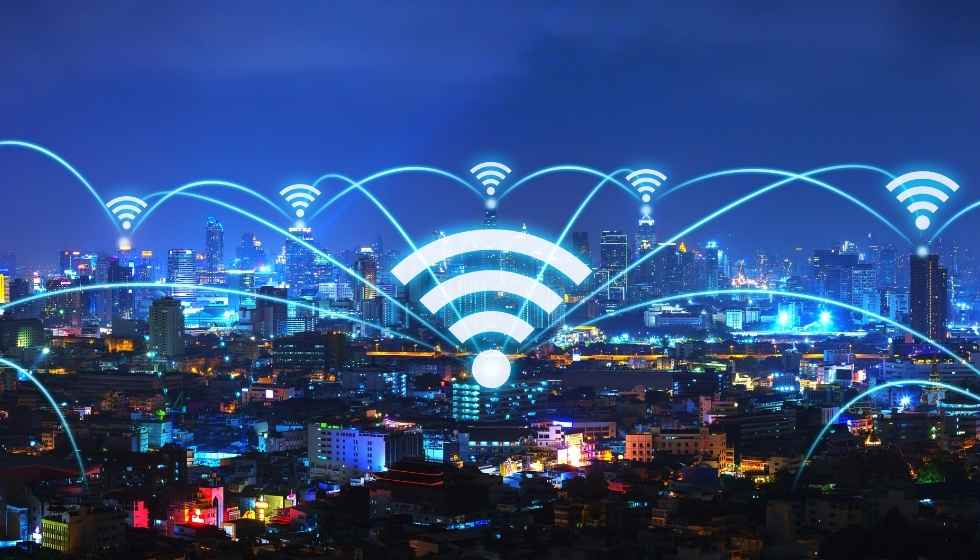Mobility is increasingly present among companies. Many businesses and jobs depend on this work to carry out daily activities.
Two fundamental elements are involved in this mobility scenario: one of them is mobile devices, such as smartphones or laptops, which are responsible for processing information, and the other is wireless communications, which allow us to send the data we process and interconnect with the rest of the world.
Using mobile devices in the corporate sphere facilitates and promotes access to the organization’s information and resources from different places and situations, such as sales representatives, fieldwork, distribution fleets, etc.
The proliferation of these devices and the improvement in the speed of their connections have changed how companies and their employees work, promoting remote access to corporate data from outside the company and thus promoting work in mobility and teleworking.
Using these devices increases productivity and facilitates mobility at work. Still, it is essential to consider measures to prevent the loss or theft of information, apparatus, credentials, unsafe connection systems, etc.
On the other hand, personal, corporate devices, the so-called BYOD ( Bring Your Own Device ), and cloud services are also breaking into the corporate sphere.
We must establish a security policy that considers the unique characteristics of these devices and the networks they use to connect and in the modalities of teleworking and remote access. This policy will be integrated with the company’s general security policy.
For this reason, it is essential to address the safety of both elements to carry out the activity safely and avoid an incident.
Before continuing, the following video addresses the primary considerations for performing mobility safely:
Considerations For Developing Mobility and Wireless Connections Safely
Device protection: Suppose we want to safeguard the information processed and stored on the devices. In that case, we must apply protection systems to prevent oversight or carelessness from allowing anyone to access the terminal and, therefore, the information it houses. It is also essential to employ mechanisms that enable data to be located or even deleted remotely. In this way, it is prevented from falling into the wrong hands.
Protect Connections: When transmitting information, it is essential to prevent any curious person from capturing it, especially regarding vital information for the business, such as confidential information or high strategic value for the company. For this reason, secure channels must be used with virtual private networks ( VPNs ), and the use of public networks, whose management is unknown, must be avoided. Protecting these elements will minimize the company’s exposure to a security incident.
Protecting these elements will minimize the company’s exposure to a security incident.

